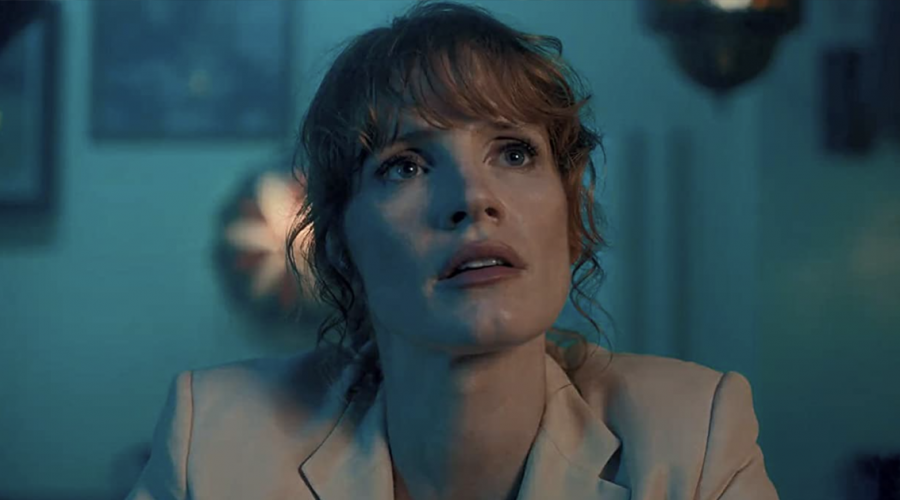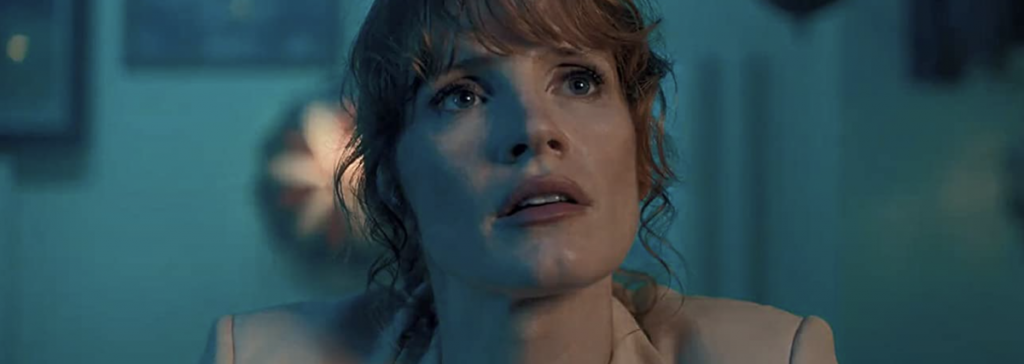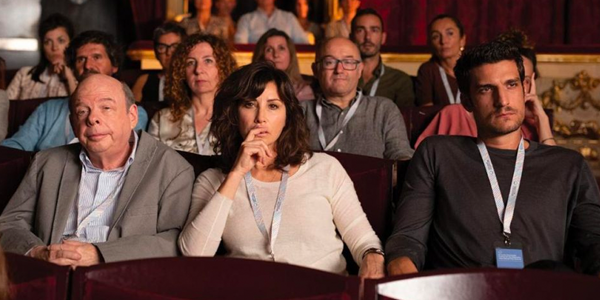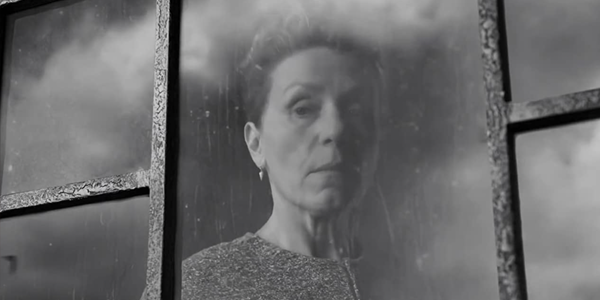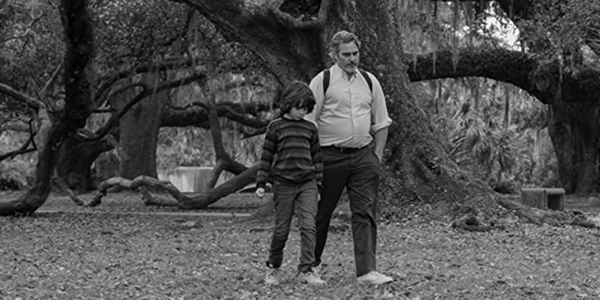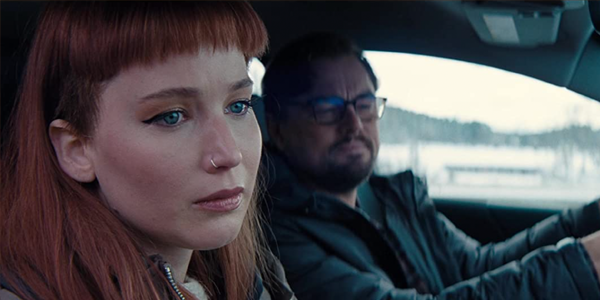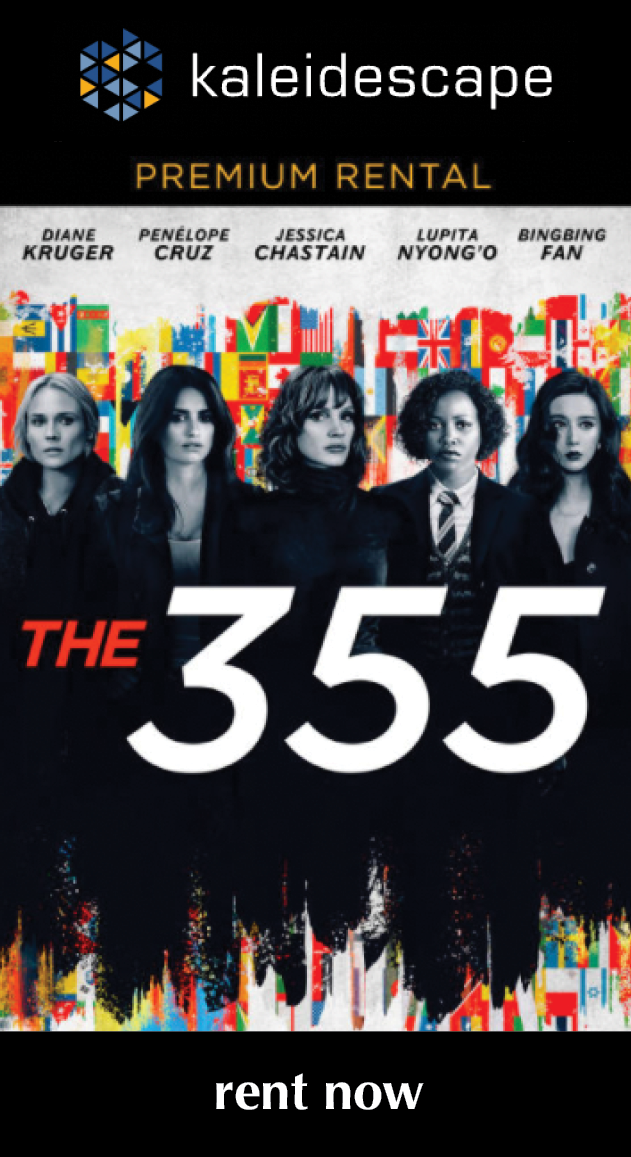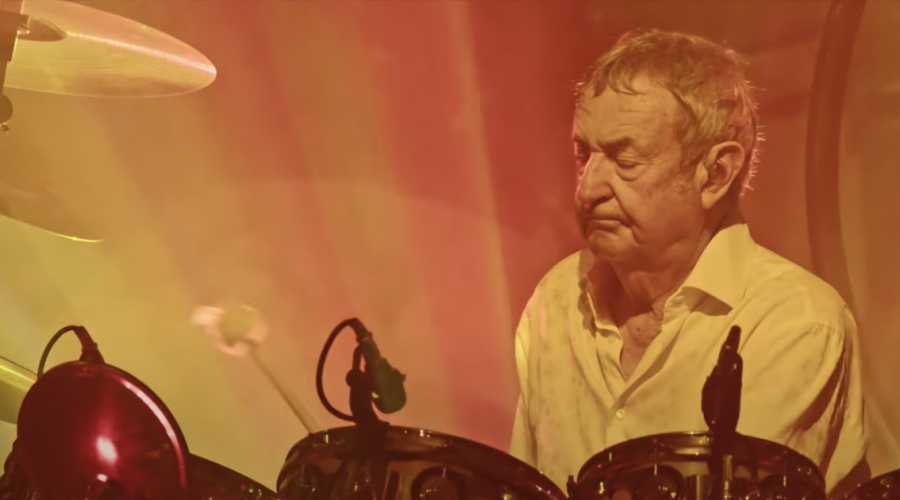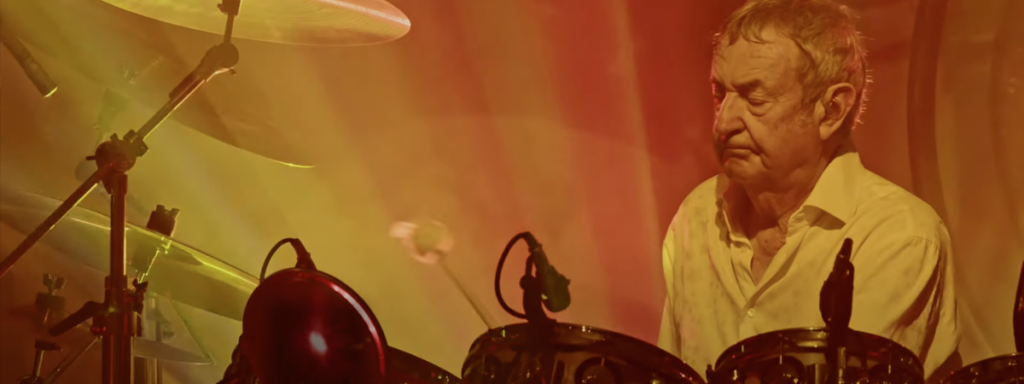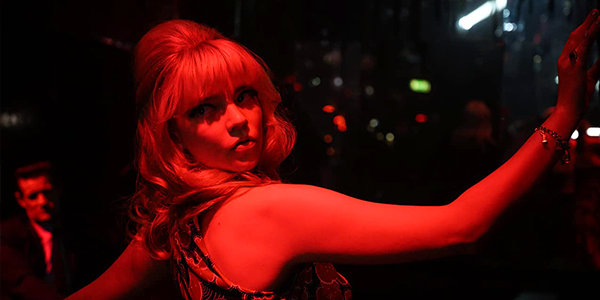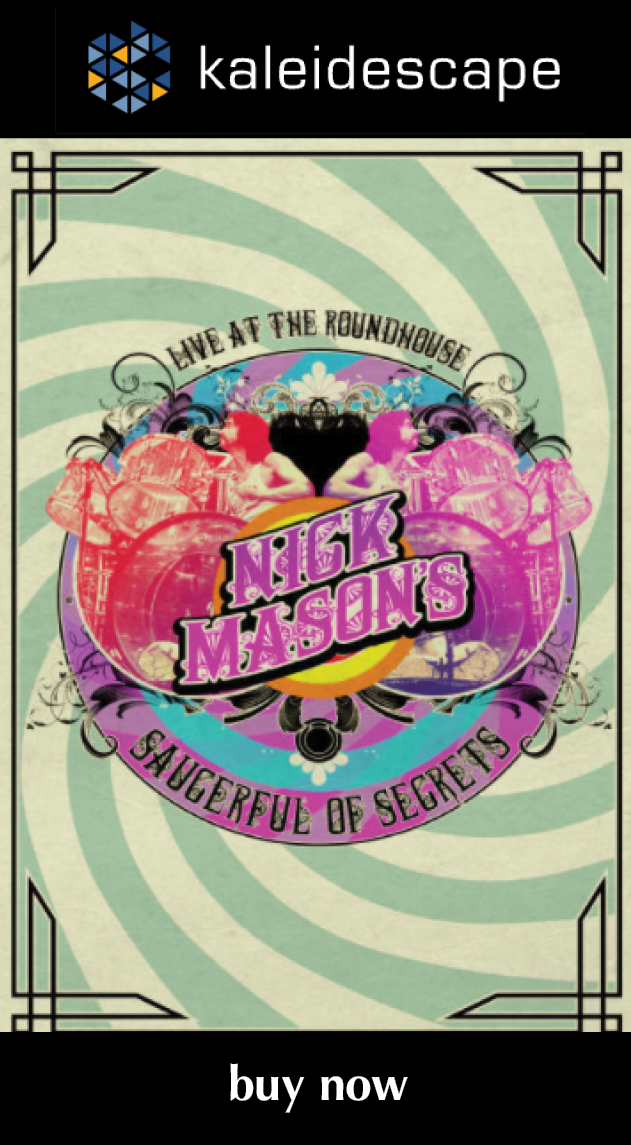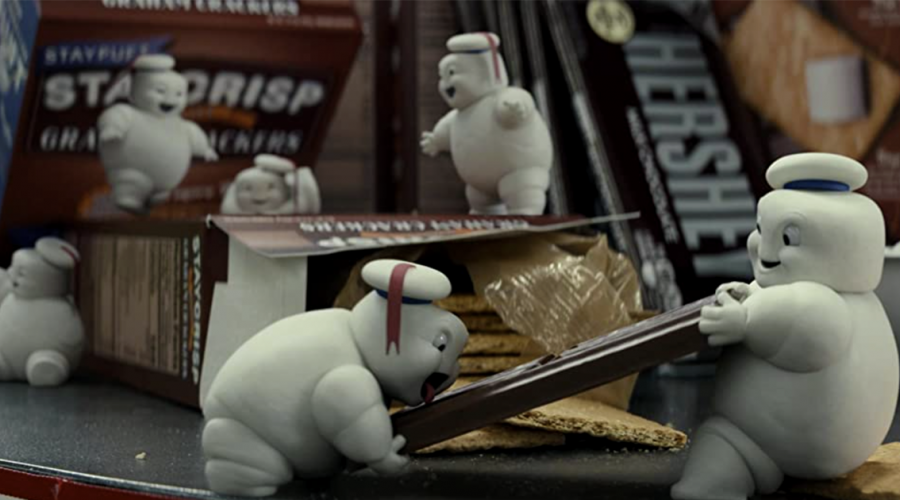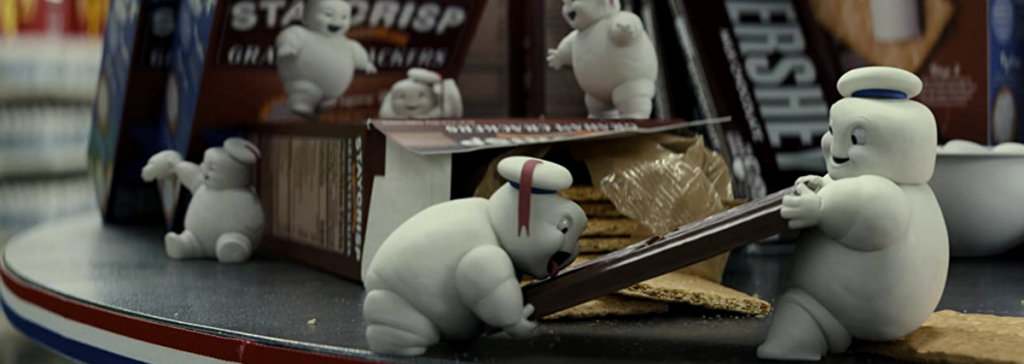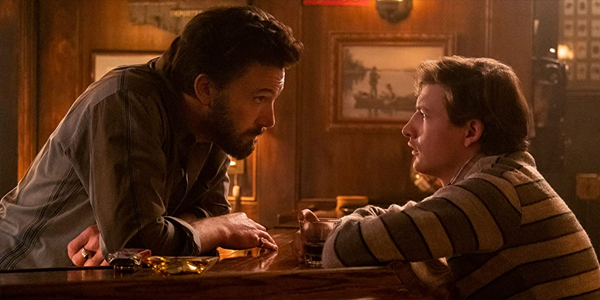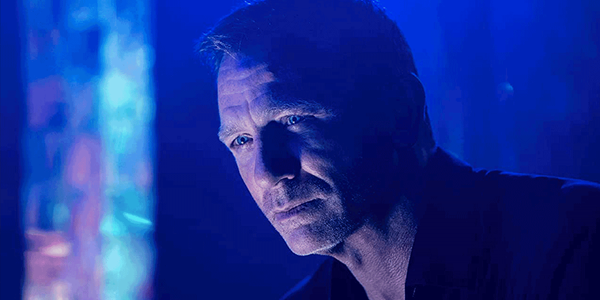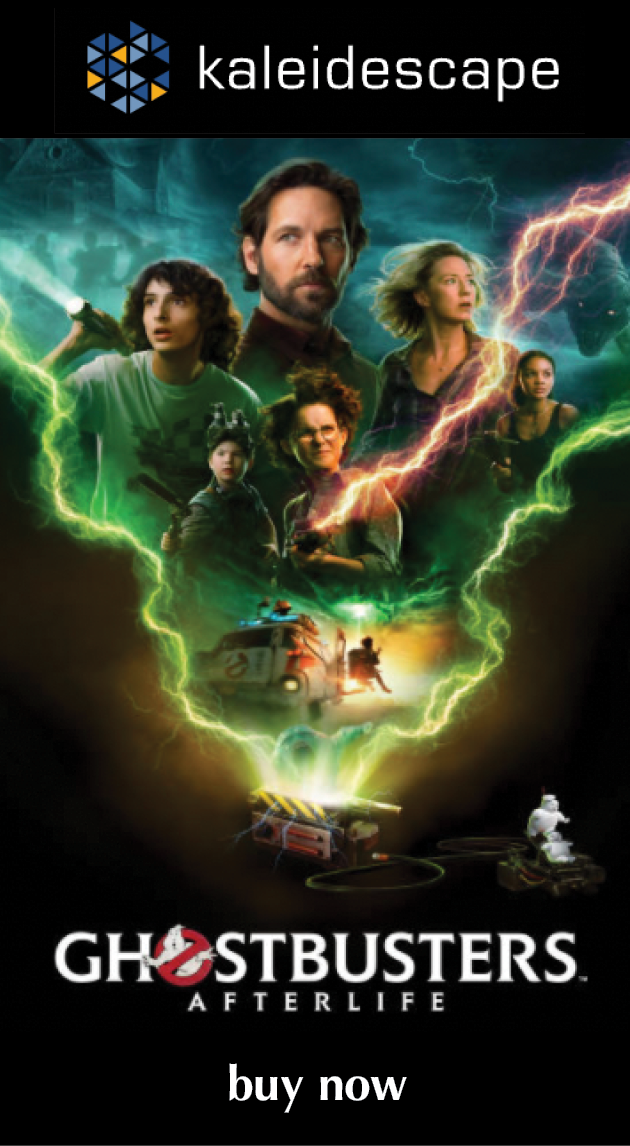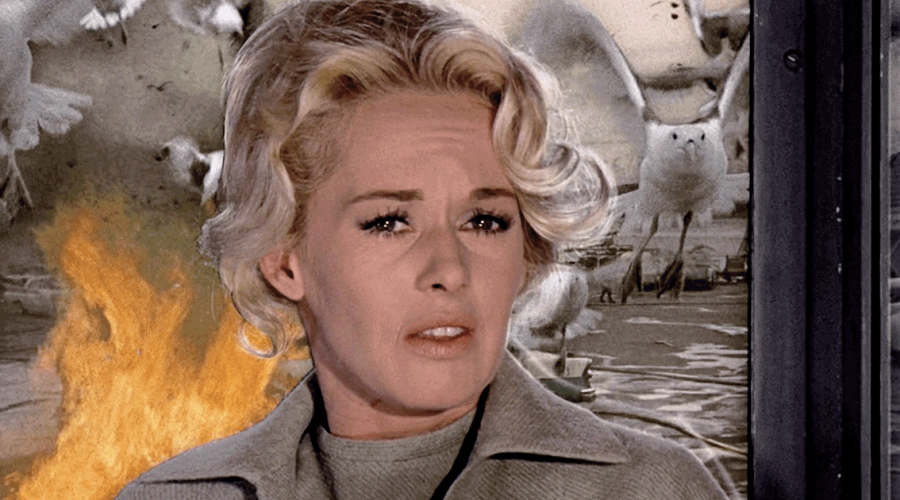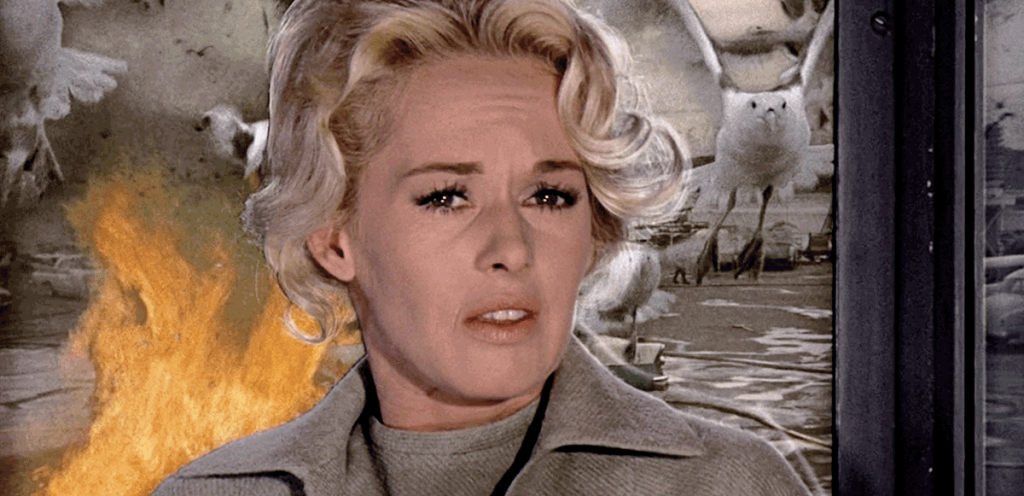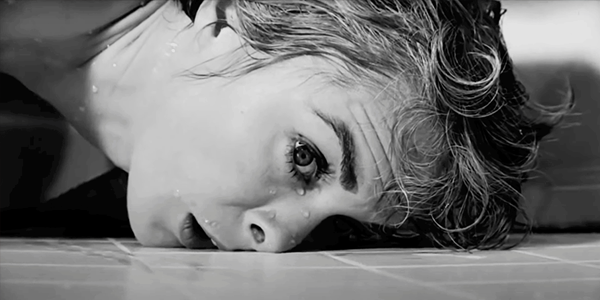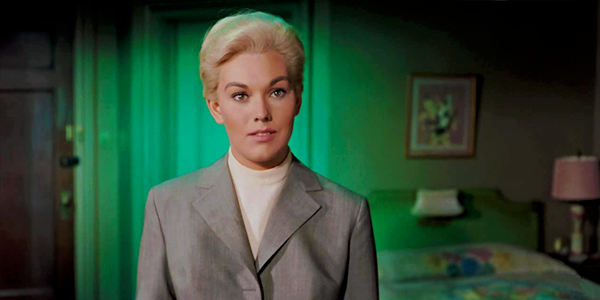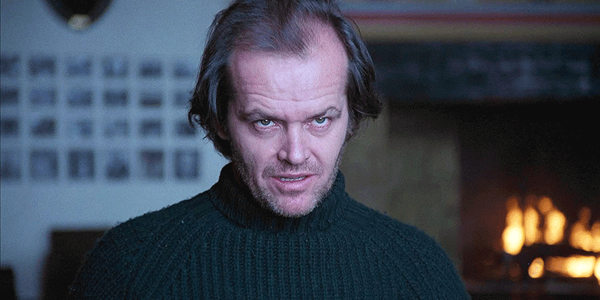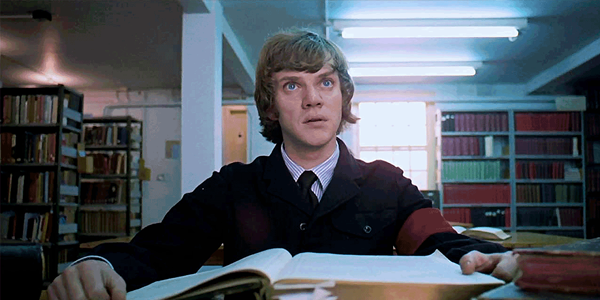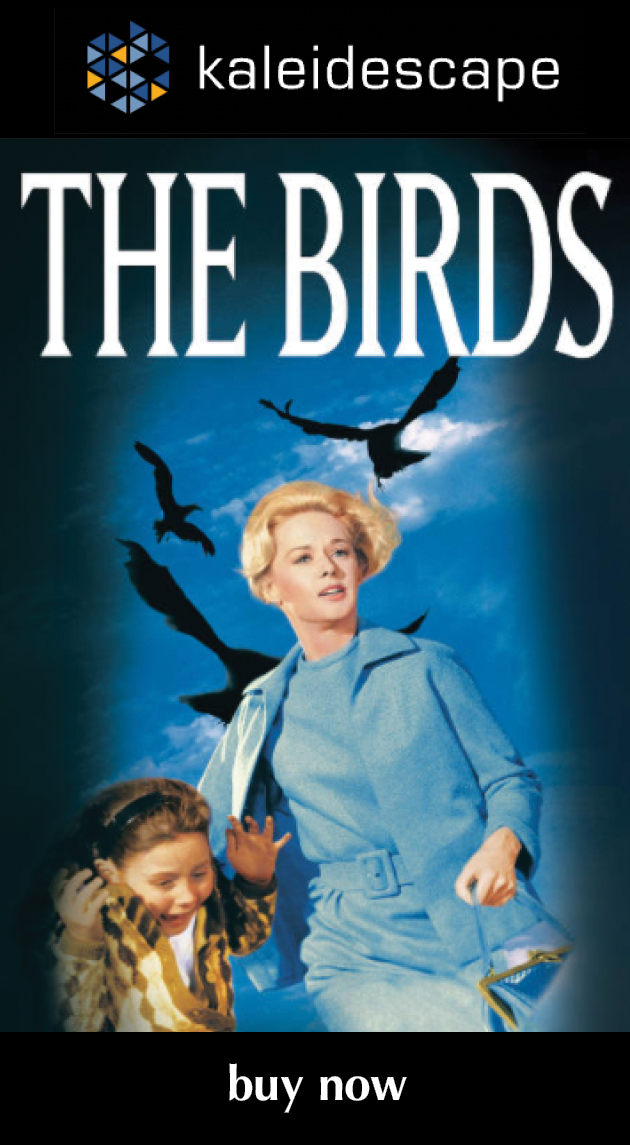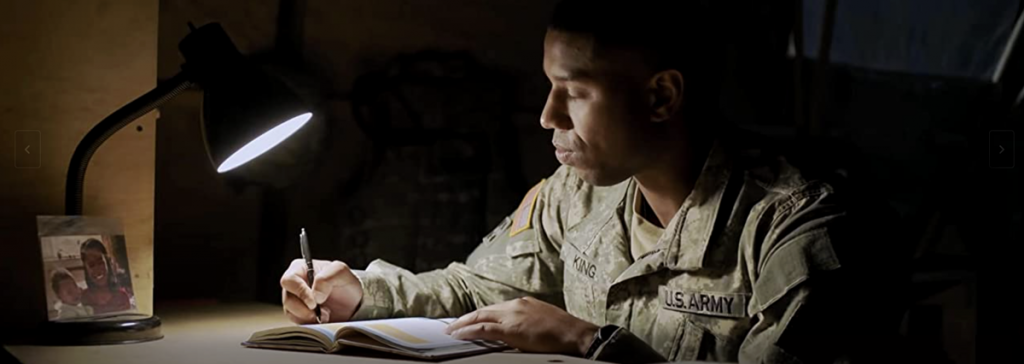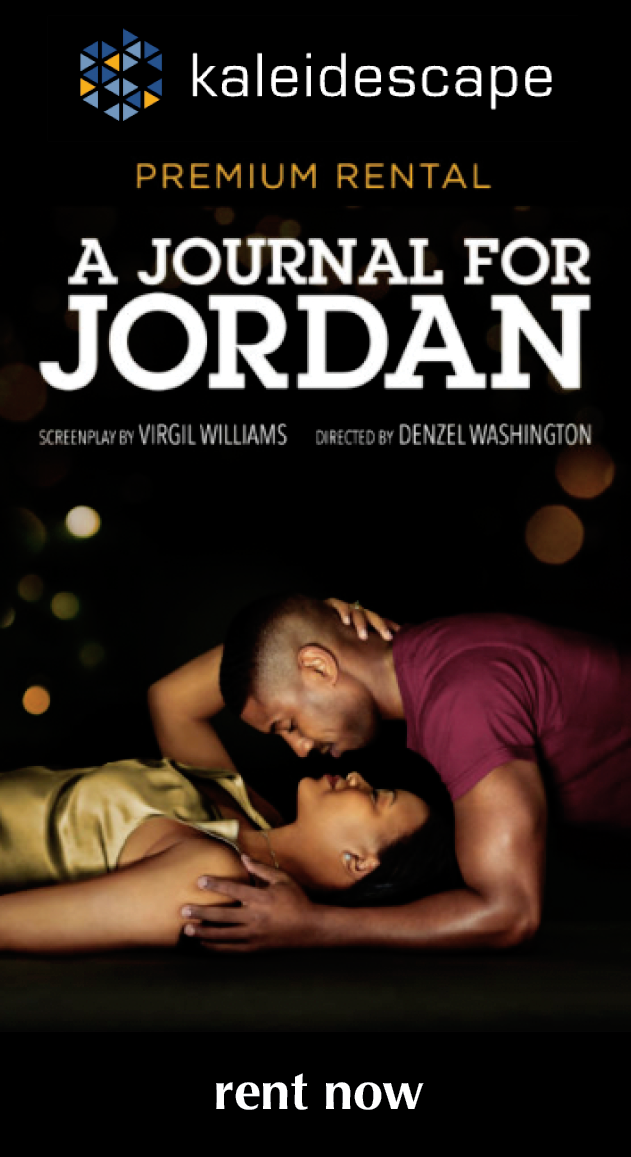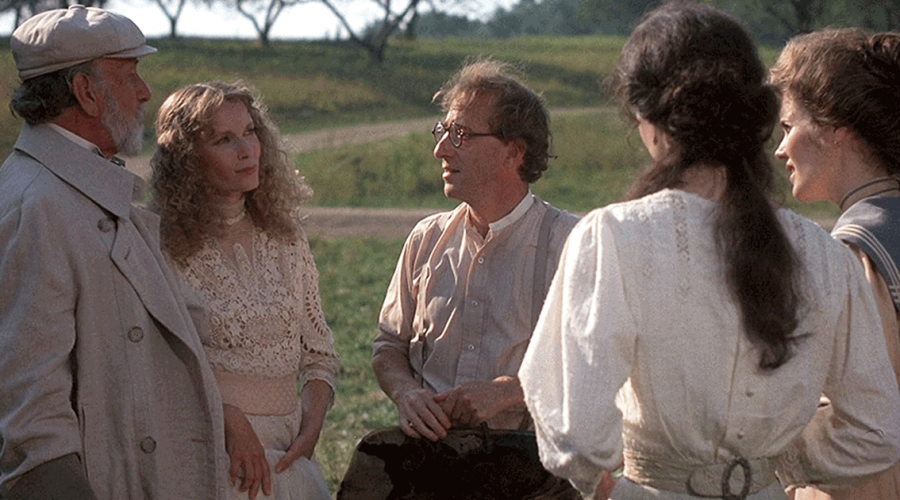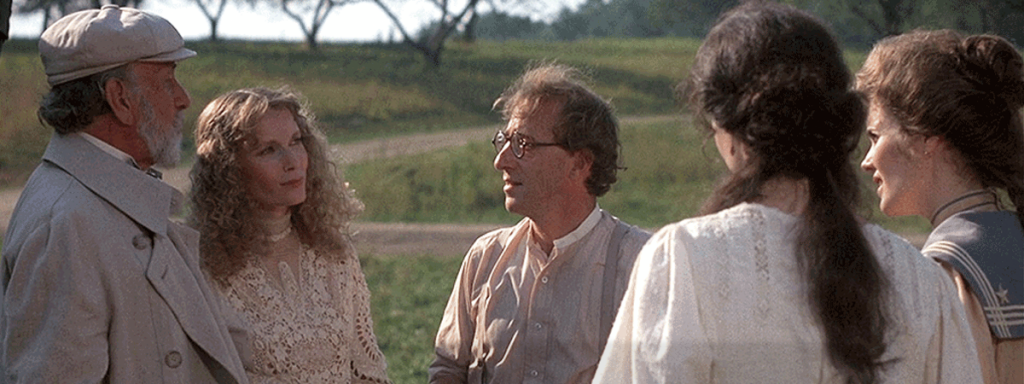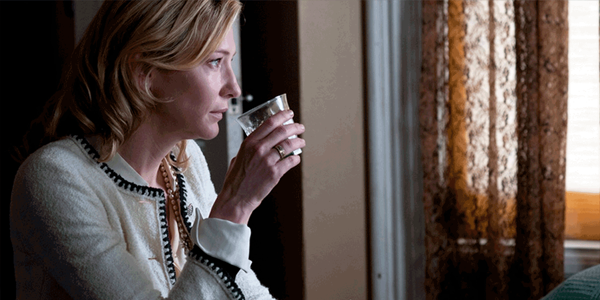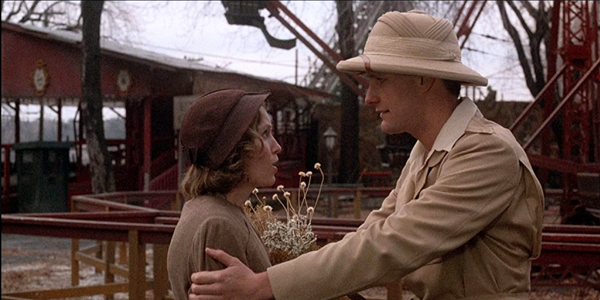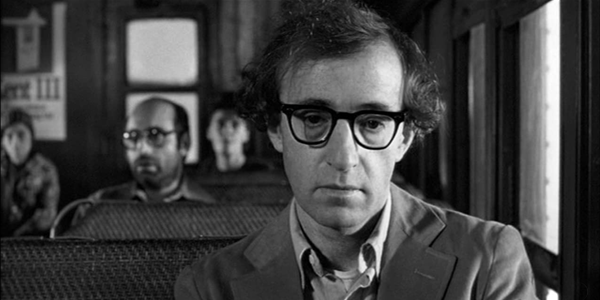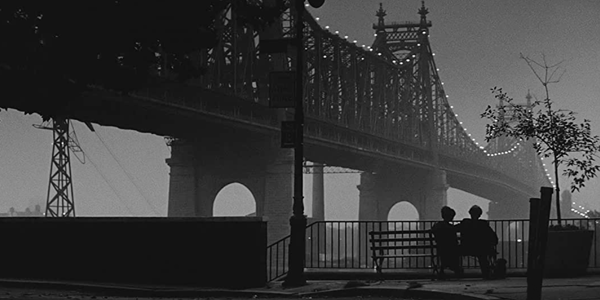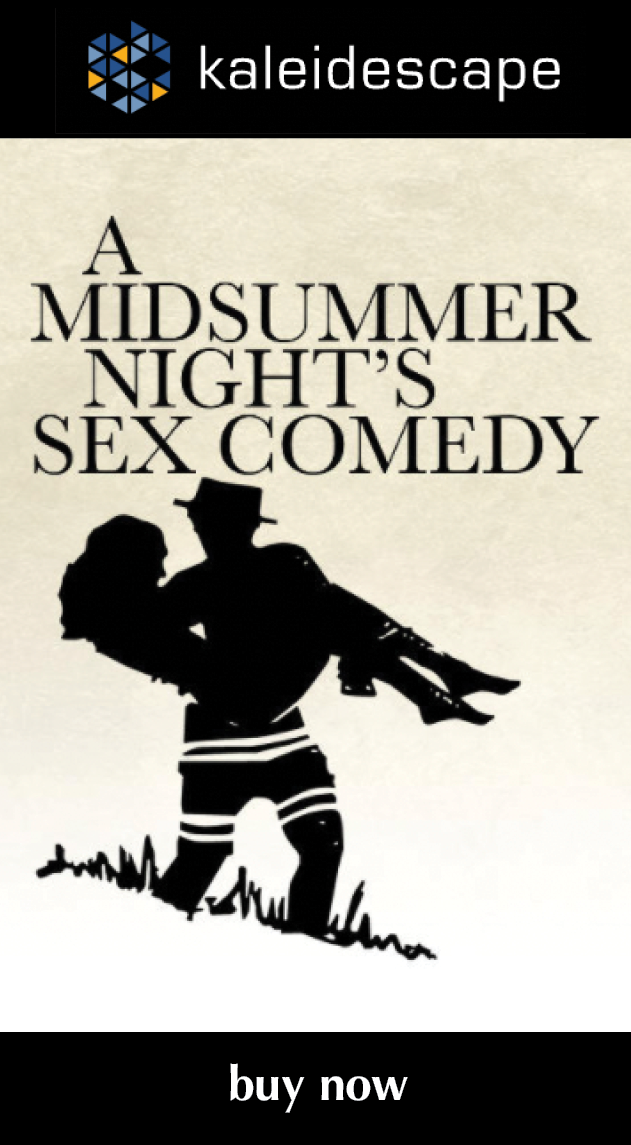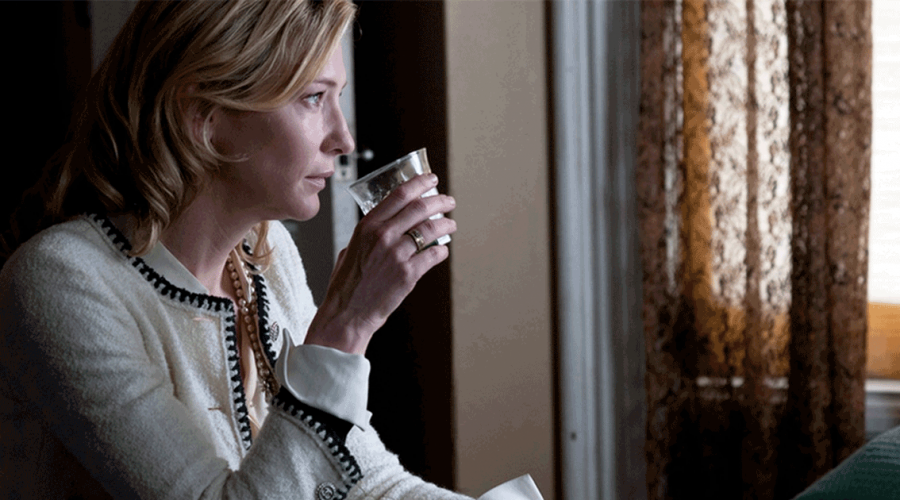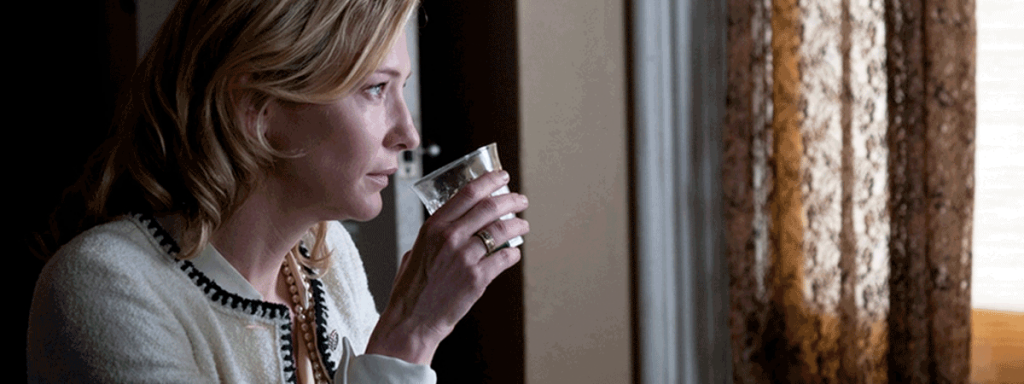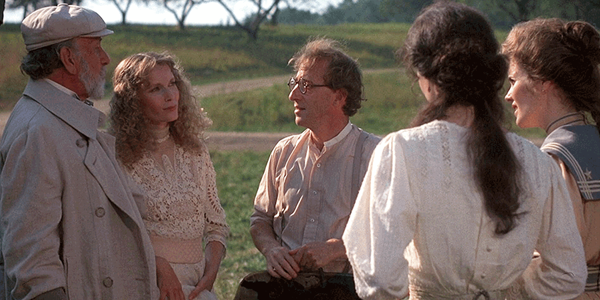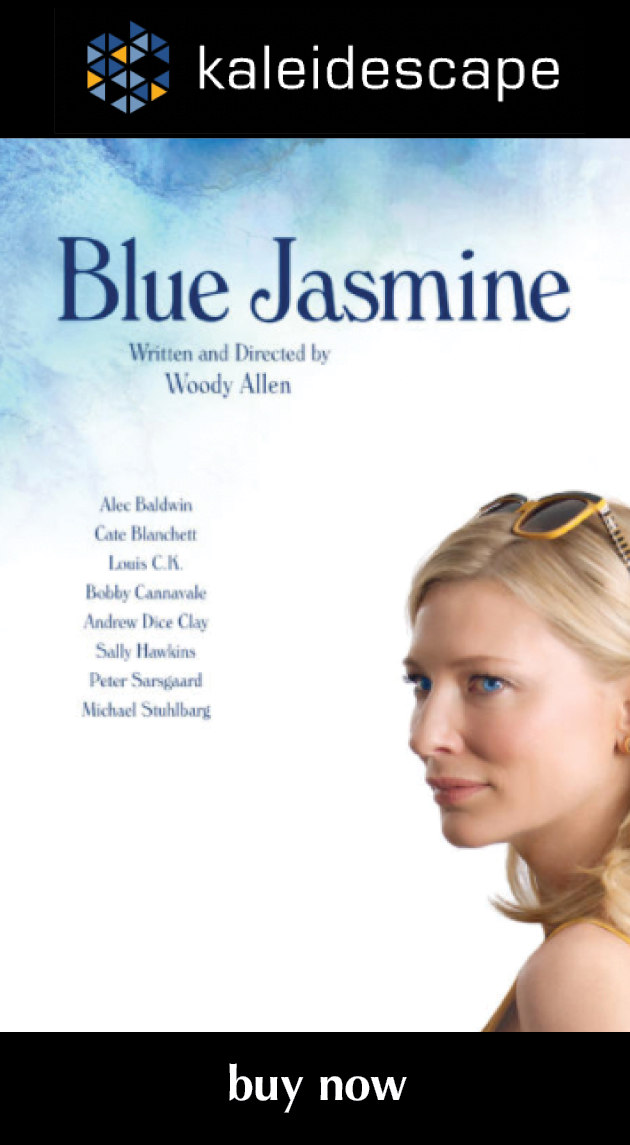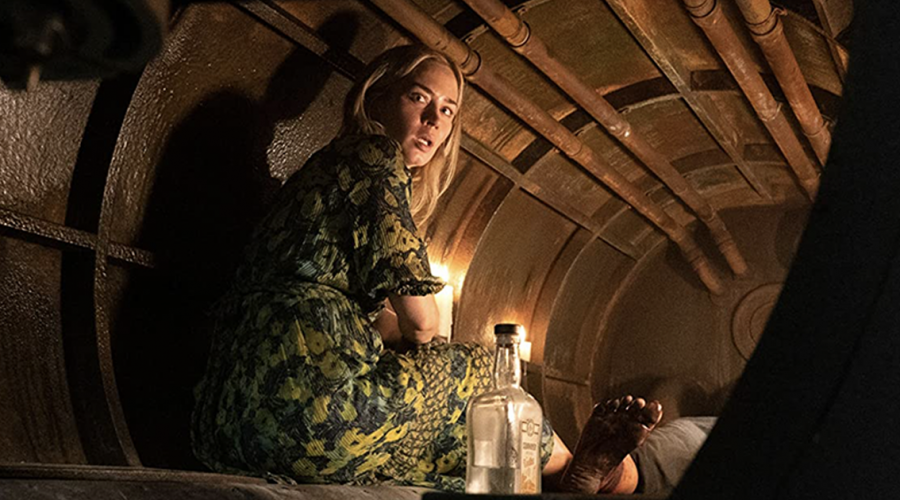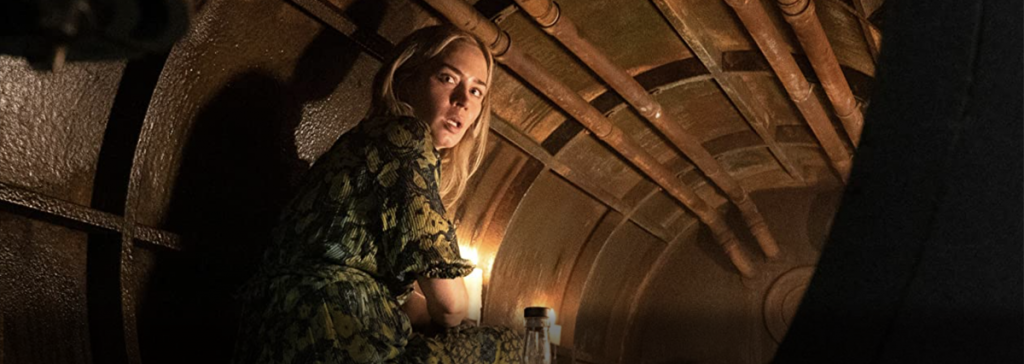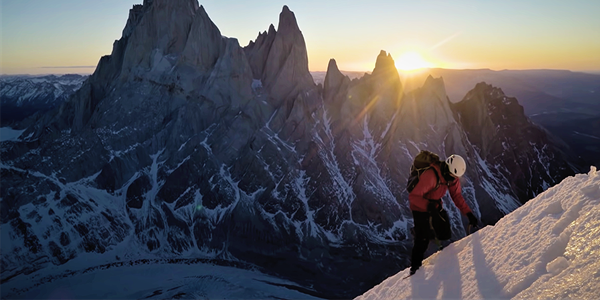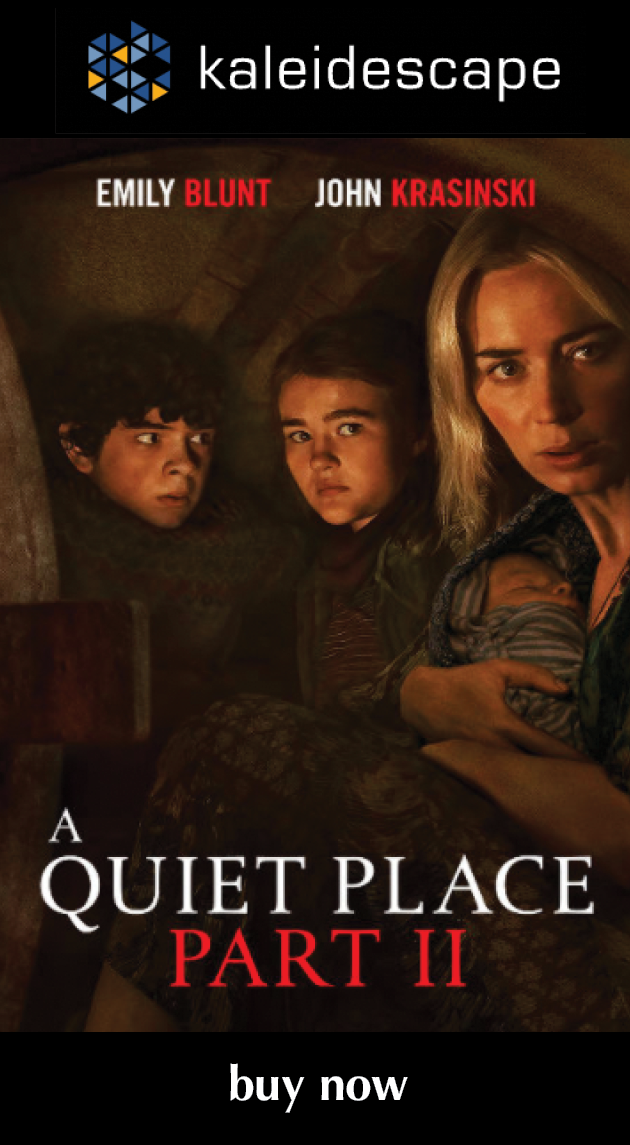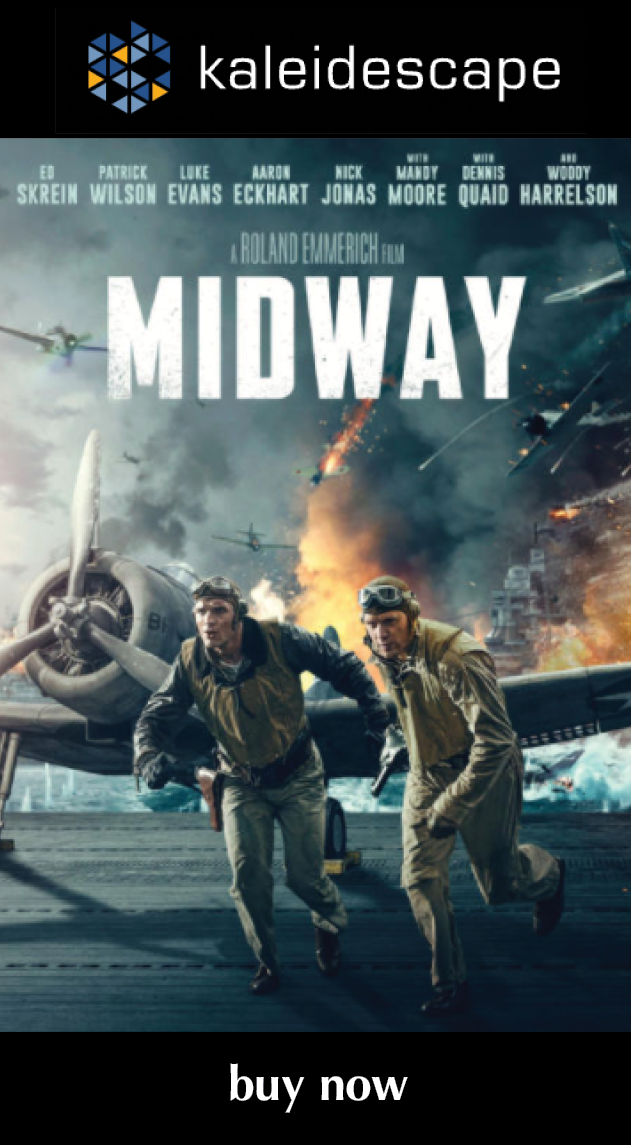Review: The 355
recent reviews
Sign up for our monthly newsletter
to stay up to date on Cineluxe
A bunch of action-movie clichés laid out on a kind of “girl power” smorgasbord results in a movie mostly-female audiences loved and critics panned
by John Sciacca
February 1, 2022
I have a post-CES ritual where I will visit one of the premium large-format theaters in Las Vegas (either the Sony Digital Cinema at the Galaxy Theatres Boulevard Mall or the Dolby Cinema at the AMC Town Square 18), watch a new film in a great cinema, then take a car to the airport and fly home. This is my little self-reward for a week filled with long hours and lots of walking.
This year, I had planned on watching Spider-Man: No Way Home but on Friday January 7, Spidey moved off the big screen and was replaced with The 355, a reference to an unknown female spy during the American Revolution known only as “Agent 355.” Now, not even three weeks later, The 355 is available as a PVOD home rental, including in 4K HDR as a premium rental option for Kaleidescape owners.
By stacking The 355 with a cast of well-known international actresses—Jessica Chastain, Penelope Cruz, Diane Kruger, Lupita Nyong’o, and Bingbing Fan—playing spies with different skillsets representing a multitude of espionage services who are forced to work together to acquire a device to save the world, there are a few obvious comparisons to make, but calling it an all-female Expendables is probably the closest. With its undeniable “girl power” theme—repeatedly showing that any fighting, chasing, shooting, spying, and hacking can be just as ably performed by a woman—the film feels like it was designed to appeal to a female demographic. And audiences—56% of whom were women, with 73% over age 25—seemed to enjoy it, with a current Audience Score of 86%. But, it didn’t resonate with critics, garnering a solidly rotten Rotten Tomatoes score of just 25%.
When you pack this many stars/characters into a film, it can feel like they’ve been shoehorned in for a role that’s little more than a cameo to add another name to the poster. But at two hours, there’s enough time that it feels like the stars all have fairly well-defined rolls and plenty of screen time. There’s Mason “Mace” Brown (Chastain), a hard-charging CIA field agent looking to avenge her partner; Marie Schmidt (Kruger), a German BND agent trying to prove herself and atone for the sins of her father; Khadija (Nyong’o), an ex-British MI6 computer/electronics expert; Graciela (Cruz), a Colombian DNI psychologist with no field experience out of her element; and Lin Mi (Fan), a mysterious Chinese agent.
The film opens in Bogota, Colombia, where a drug lord is trying to sell a new program, loaded onto a hard drive, that can access and decrypt any digital system in the world. The compound is raided by Colombian operators but during the confusion, Agent Rojas (Edgar Ramirez) picks up the drive and decides to sell it on the black market. When news of the drive’s capabilities become known, the CIA sends Mace and partner Nick Fowler (Sebastian Stan) to retrieve it, which leads them around the world to Paris, London, Morocco, and Shanghai.
IMDB lists the film as being shot on Arri at 3.4 and 4.5K, and it certainly looks like it was sourced from a true 4K digital intermediate. Images look sharp, clean, clear, and detailed. From the opening moments as the camera passes over a canopy of trees in Columbia, you can see clear definition in the leaves, tight, sharp tile lines on the drug lord’s compound, and individual blades of grass out in the field.
Closeups display tons of fine resolution and facial detail, letting you see tiny lines, pores, whiskers, and wrinkles in actors’ faces. You can also see single, loose strands of hair, and appreciate the different textures and patterns in fabrics. There’s a nice flyover of a Moroccan market where you can see the sharp, defined edges of the buildings and then the wear and deterioration in the stone walls inside the market.
Outdoor and night shots really benefit from the HDR color grade, and there are plenty of both here. There’s a chase outside a fish market in France that’s gorgeously sharp and detailed, even with the grey cloudy skies. Shanghai brightly and garishly illuminated at night also looks terrific, as do a pair of brightly lit and colored dragons outside an auction house. Another chase inside a dark metro tunnel illuminated by bright lighting lining the tunnel really plays to HDR’s strengths. Along with nice, deep, clean blacks throughout, we get some really saturated reds in the China sequences.
The Kaleidescape download includes a DTS-HD 5.1-channel audio mix that has some really dynamic and immersive moments, especially when played through the upmixer of a modern surround processor. The film is bookended with a couple of big action scenes, and these are some of the movie’s most sonically exciting. The opening raid in Colombia features a lot of dynamic gunfire where you can clearly tell the sonic differences between the weapon types. There are also loads of bullet hits and ricochets shattering glass and structures all around the room.
The sound mix also does a nice job of establishing an environment, whether it’s the swirling of voices in an outdoor market, screams and mayhem during a crowded alley chase, the distant background city sounds and traffic in a Parisian apartment, the open air of a big fish market, the blare of a building’s alarm system, or the hums, rattles, and jangling metal in the interior of a cargo plane.
The sub channel isn’t overused, but is called on to deliver truly tactile bass when appropriate, whether during heavy gunfire or an explosion, or the heavy-driving music that seems to accompany every chase and action scene. Dialogue was clear and well-recorded throughout, and I can’t think of any moments where my wife or I had to ask what someone had said.
While The 355 doesn’t tread any new ground, I found it enjoyable—even when watching it twice within a three-week span. Sure, there are some plot holes and some moments that will test your suspension of disbelief but the characters, acting, fairly rapid pacing, and varied locales are enough to keep it engaging and—more important—entertaining. That plus the video quality on a premium display definitely make it worthy of a rental.
Probably the most experienced writer on custom installation in the industry, John Sciacca is co-owner of Custom Theater & Audio in Murrells Inlet, South Carolina, & is known for his writing for such publications as Residential Systems and Sound & Vision. Follow him on Twitter at @SciaccaTweets and at johnsciacca.com.
© 2023 Cineluxe LLC
